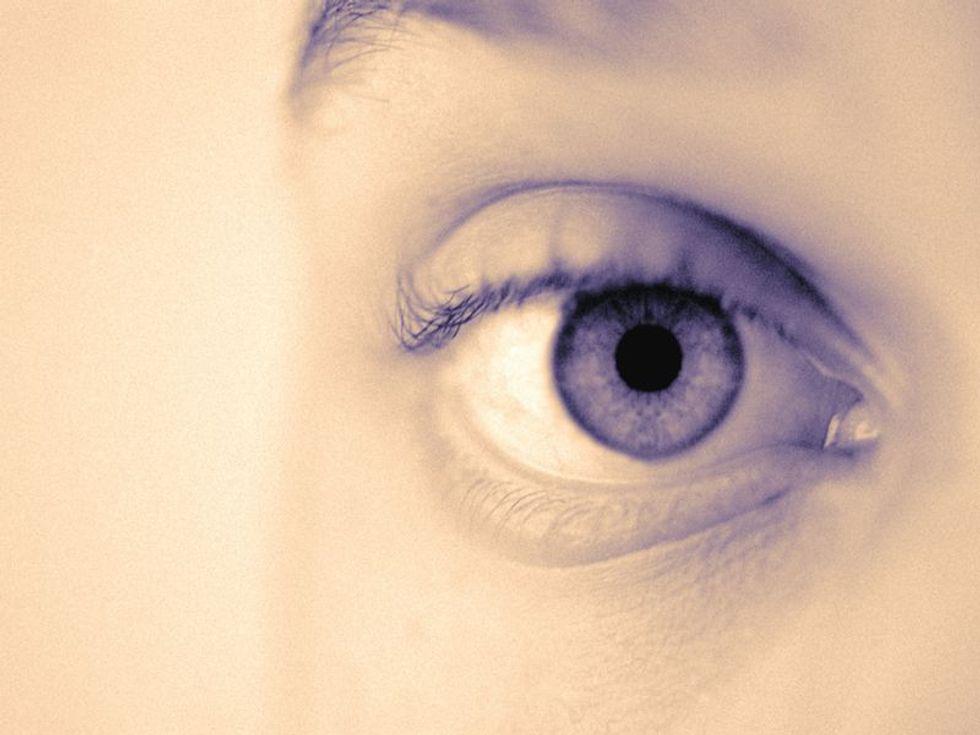
An injectable gene therapy caused measurable improvements in vision among a small group of people with inherited blindness, an early-stage clinical trial says.
Researchers recruited 14 people with Leber Congenital Amaurosis (LCA), a rare genetic condition that causes babies to lose some or all of their sight from birth.
Eleven of the 14 had measurable improvements in the vision of one eye that received a single injection of a gene-editing medication, researchers report in the New England Journal of Medicine.
“Our patients are the first congenitally blind children to be treated with gene editing, which significantly improved their daytime vision,” researcher Dr. Tomas Aleman, a pediatric ophthalmologist at the Children’s Hospital of Philadelphia, said in a news release.
“While more research is needed to determine who may benefit most, we consider the early results promising,” added lead researcher Dr. Eric Pierce, director of Mass Eye and Ear Ocular Genomics Institute and Berman-Gund Laboratory for the Study of Retinal Degenerations in Boston.
“To hear from several participants how thrilled they were that they could finally see the food on their plates – that is a big deal,” Pierce said. “These were individuals who could not read any lines on an eye chart and who had no treatment options, which is the unfortunate reality for most people with inherited retinal disorders.”
LCA affects 2 to 3 out of 100,000 babies born each year, researchers said.
Many babies born with LCA are born blind, and those who aren’t typically begin losing their sight by around 6 months of age.
LCA is caused by mutations in the centrosomal protein 290 (CEP290) gene, researchers said.
These mutations cause malfunctions in the rods and cones of the retina, which detect incoming visual signals and process them into electrical signals received by the brain, researchers said.
CEP290 gene mutations are the leading cause of inherited blindness that take place during a person’s first decade of life, researchers said.
To come up with a genetic solution, researchers turned to CRISPR-Cas9, a gene editing toolkit that essentially acts as a pair of gene-level scissors. The tool can cut away a portion of a mutated gene, potentially rendering it functional following the edit.
The resulting clinical trial proved the first time any patient ever received a CRISPR-based gene medicine directly inside their bodies, researchers said.
Results showed that:
-
11 participants, or about 79%, had improvement in at least one of four measured vision outcomes.
-
6 participants, or about 43%, showed improvement in two or more outcomes.
-
6 participants, or about 43%, reported improved vision-related quality of life.
-
4 participants, or about 29%, had clinically meaningful improvement in visual acuity, or how well they could identify objects or letters on a chart.
“We’ve demonstrated that we can safely deliver a CRISPR-based gene editing therapeutic to the retina and have clinically meaningful outcomes,” Dr. Baisong Mei, chief medical officer for Editas Medicine, the Cambridge, Mass., biotech company that created the injection, said in a news release.
The first injection of CRISPR treatment for an LCA patient occurred in early 2020 at the Casey Eye Institute at Oregon Health & Science University in Portland.
“There is nothing more rewarding to a physician than hearing a patient describe how their vision has improved after a treatment,” Dr. Mark Pennesi, the OHSU professor of ophthalmology who led the treatment there, said in a news release.
“One of our trial participants has shared several examples, including being able to find their phone after misplacing it and knowing that their coffee machine is working by seeing its small lights,” Pennesi said. “While these types of tasks might seem trivial to those who are normally sighted, such improvements can have a huge impact on quality of life for those with low vision.”
Other LCA patients received the gene treatment at Mass Eye and Ear; the Bascom Palmer Eye Institute in Miami; the W.K. Kellogg Eye Center in Ann Arbor, Mich.; and the Scheie Eye Institute at the Children’s Hospital of Philadelphia.
The treatments involved 12 adults and two children, researchers said. Participants were monitored every three months for one year, and then less often for two more years.
Editas funded the clinical trial, which was paused in November 2022 to seek other commercial partners to collaborate in development of the experimental therapy.
Researchers are now exploring working with other commercial partners in collaboration with Editas to conduct additional, larger-scale trials.
More information
The Cleveland Clinic has more about Leber Congenital Amaurosis.
SOURCE: Mass Eye and Ear, news release, May 6, 2024; Oregon Health & Science University, news release, May 6, 2024
Source: HealthDay

Leave a Reply